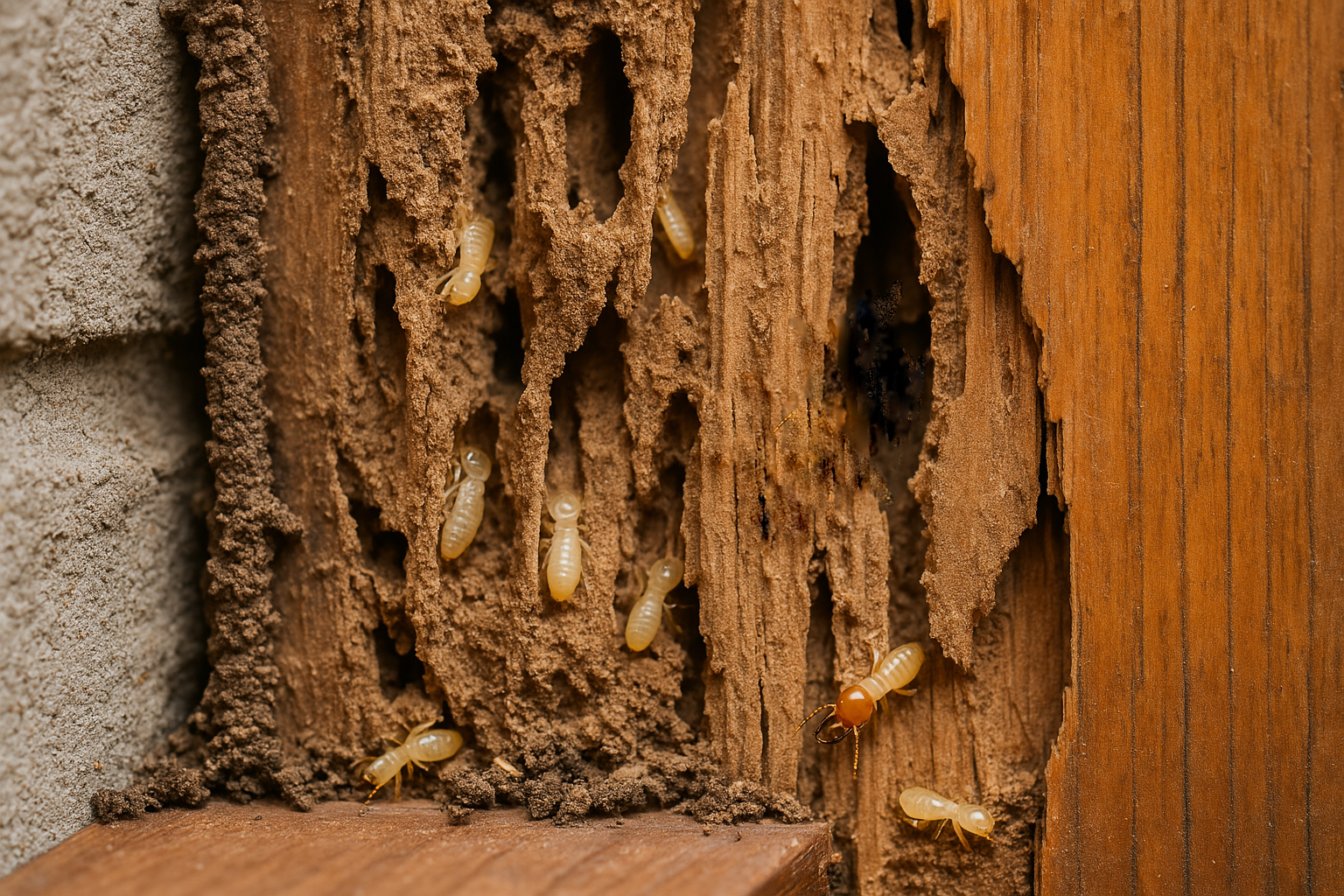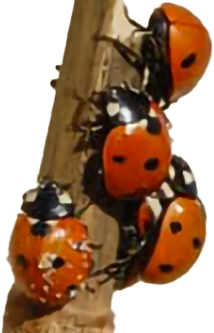Do you have household pests that keep appearing? Do overwintering pests crawl in your curtains in the fall and winter? Are rodents leaving droppings in the backs of your drawers and cabinets every now and then? Is the occasional cockroach something you’ve been living with? No home is better with pests. Bugs and rodents aren’t just annoying, they can damage your belongings, eat away at the equity in your home, bite, sting, and make you sick. But, you don’t have to live with them. Here’s how you can get pest-free in the new year.
Reduction
The secret to having a pest-free home is creating the conditions outside your home that reduce the chances that bugs, rodents, and other animals will get in.
🔑 Key Elements of This Secret:
💡 Manage Outdoor Lighting
Use yellow or sodium vapor lights outdoors, which are less attractive to insects.
🌿 Eliminate Outdoor Attractants
Remove standing water, excess mulch, overgrown vegetation, and food sources like garbage, pet food, and birdseed.
🔧 Maintain Your Home’s Exterior
Seal cracks, repair damaged screens, and install door sweeps to block entry points for insects and rodents.
🧹 Keep the Perimeter Clean
Clear away debris, leaf piles, and firewood stacked too close to your home, as these offer shelter and breeding spots.
Barrier
Pest activity around your home is inevitable. While reducing pests is helpful, you’ll still need to make sure you have a good barrier to keep them out.
🚪 How to Create a Strong Barrier Against Pests
1. Seal Cracks and Gaps
- Use caulk or expanding foam to seal cracks in the foundation, siding, and around windows or doors.
- Install weather stripping and door sweeps to block tiny entry points pests use.
2. Repair Screens and Vents
- Fix or replace damaged window screens, attic vents, and dryer exhausts.
- Add fine mesh covers over vents and openings to keep even the smallest bugs out.
3. Apply Exterior Perimeter Treatments
- Use residual insecticides or natural repellents (e.g., essential oil sprays) around the foundation, windows, and doors.
- Reapply seasonally or after heavy rain.
4. Keep a 2–3 Foot Buffer Around Your Home
- Trim shrubs, remove mulch buildup, and keep soil or grass from directly touching siding.
- This clear space helps limit shelter and access for crawling pests.
5. Install Physical Barriers
- Use metal flashing or hardware cloth in areas prone to rodent entry, such as crawl spaces, soffits, and roof joints.
6. Check Regularly and Maintain
Look for new gaps, chewed areas, or moisture damage that might weaken your defenses.
Inspect your barrier quarterly or after storms.
Finish Your Barrier
There are some things only a pest control technician can do–or should do–to make sure your barrier is complete.
1. Apply Professional-Grade Products
Technicians have access to EPA-approved, commercial-grade insecticides and baits not available to the general public. These products are more potent and longer-lasting.
2. Perform Targeted Perimeter Treatments
Experts know where, when, and how much treatment to apply around your home’s foundation, wall voids, eaves, and entry points — minimizing risk to people, pets, and the environment.
3. Inspect Hidden and High-Risk Areas
Trained pros know how to check for pest activity in attics, crawl spaces, wall interiors, and subfloors — places most homeowners don’t think to inspect or can’t access safely.
4. Identify and Treat Pest Entry Patterns
Pest control experts understand behavioral patterns of different pests (e.g., ants, rodents, termites) and can tailor barrier treatments to those specific vulnerabilities.
5. Install Bait Stations and Exclusion Devices
Only professionals should install rodent bait stations, termite monitors, and exclusion traps, which require proper placement, regulation compliance, and safe handling.
6. Handle Infestations Safely
If pests are already inside, pros use safe and effective methods to remove them without risking bites, contamination, or structural damage.
7. Monitor and Maintain the Barrier Over Time
A technician can schedule ongoing treatments and adjust tactics based on seasonal shifts, pest trends, or changes in your property.
We hope you’ll choose to partner with a pest control company in the new year and enjoy all the benefits of having a pest-free home. If you’re in our Minnesota service area, reach out to Adam’s Pest Control and let out QualityPro Certified team help you get your barrier in place today.
Happy New Year from all of us here at Adam’s Pest Control!




